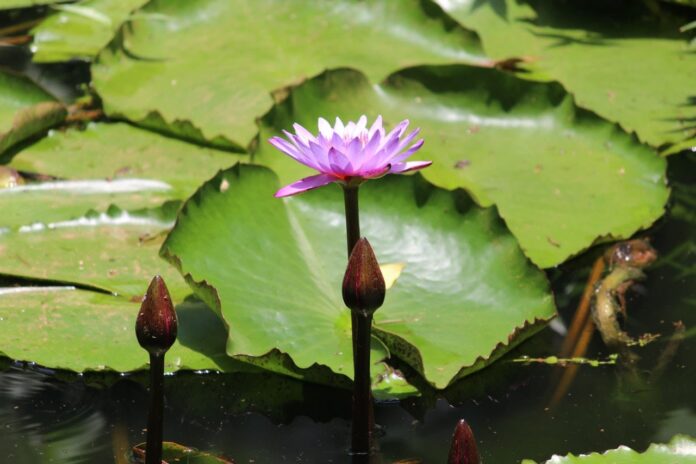Lake weeds need to be maintained properly in order to uphold the quality of the lake. While lake weeds are an important part of a lake’s ecosystem, they can become a problem if they are overgrown. No one wants to unexpectedly swim into weeds while they are swimming. Similarly, no one wants to see the lake weeds grow high enough to get stuck in their docks.
By learning ways of controlling certain types of lake weeds, you can keep them from overgrowing to prevent problems such as these. In this article, we will cover some of the common types of lake weeds along with ways of keeping them under control.
Controlling Different Types of Lake Weeds
1. Curly-Leaf Pondweed
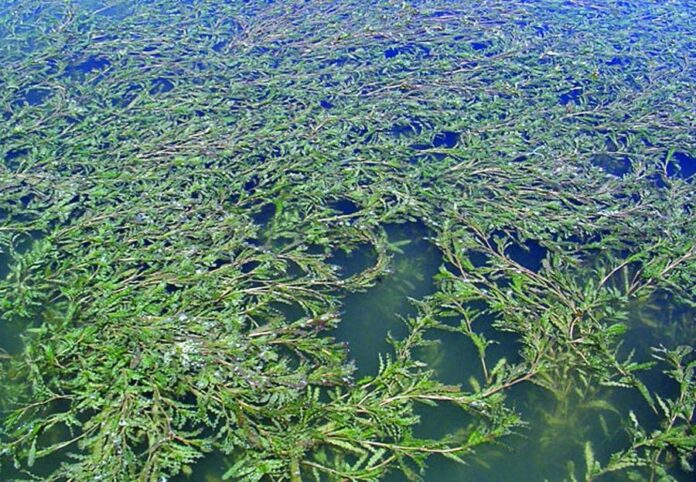
A curly-leaf pondweed, also known as Potamogeton crispus, can be identified by their dense and crispy leaves that look like lasagna noodles. Some of its color variations can be anywhere from olive-green to reddish brown. It is submerged in the depths of lakes and grows thick near the surface of the lake, capable of growing up to 15 feet tall.
Curly-leaf pondweeds are classified as an invasive species in the United States, as well as a prohibited invasive species in Minnesota. You can control them by using Aquathol K or Super K and Hydrothol Granular Herbicide.
2. Milfoil
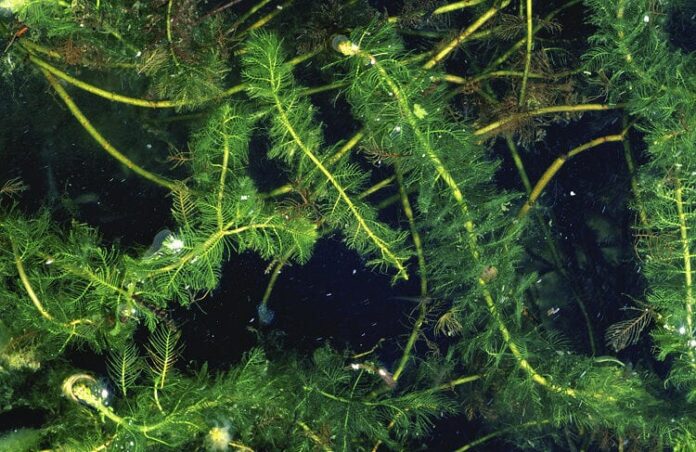
Milfoils, otherwise known by its scientific name Myriophyllum, is native to the United States and invasive to Eurasian areas. Eurasian milfoils stems are a bit reddish with a special leaf pattern around its stem. Northern milfoils resemble the appearance of feathers and its leaves are not quite as distinct as its Eurasian counterpart.
Eurasian milfoils can grow up to 10 feet tall and have the ability to dominate the native plant species. You can control them by using a variety of herbicides such as Hydrothol Granular Herbicide.
3. Hydrilla
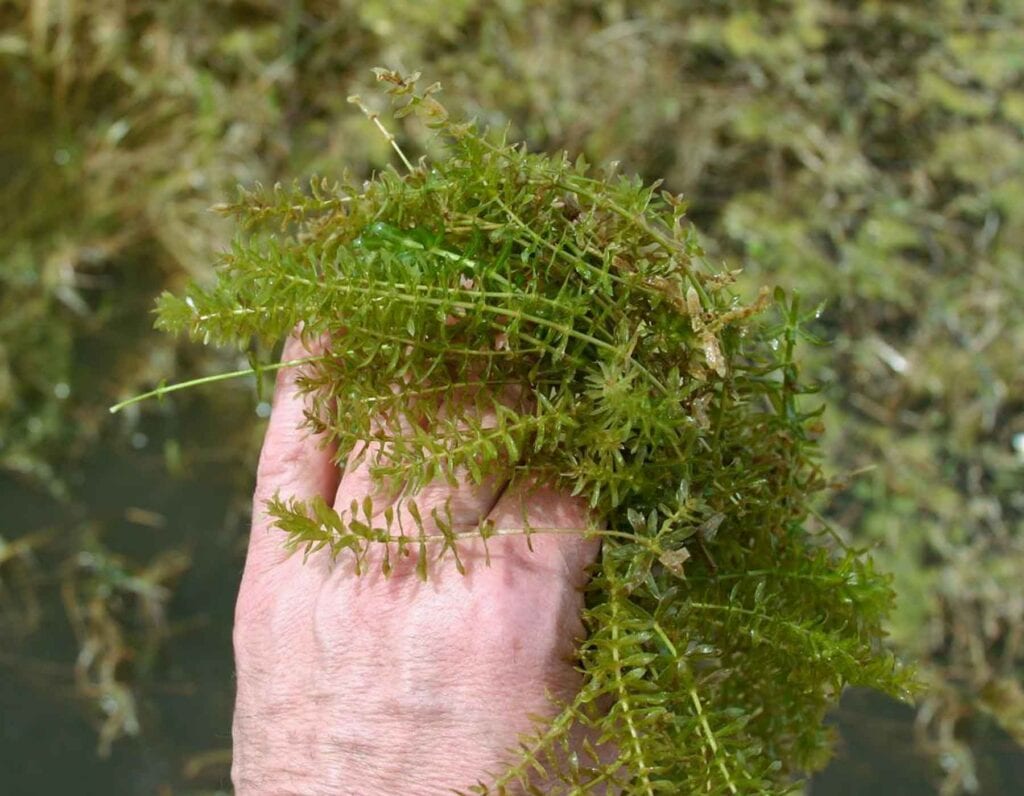
Hydrillas, otherwise classified as Hydrilla verticillata or water thyme, are a heavily invasive species that can be commonly found in U.S. lakes. Its stems can grow up to 25 feet in length and can grow at an aggressive pace.
Thanks to their rate of growth, they tend to completely choke out most native plants in their ecosystem. They can cause many difficult problems to water treatment plants and other types of facilities if they become out of control. You can treat Hydrillas by using Dibrox or Hydrothol herbicides.
4. Coontail
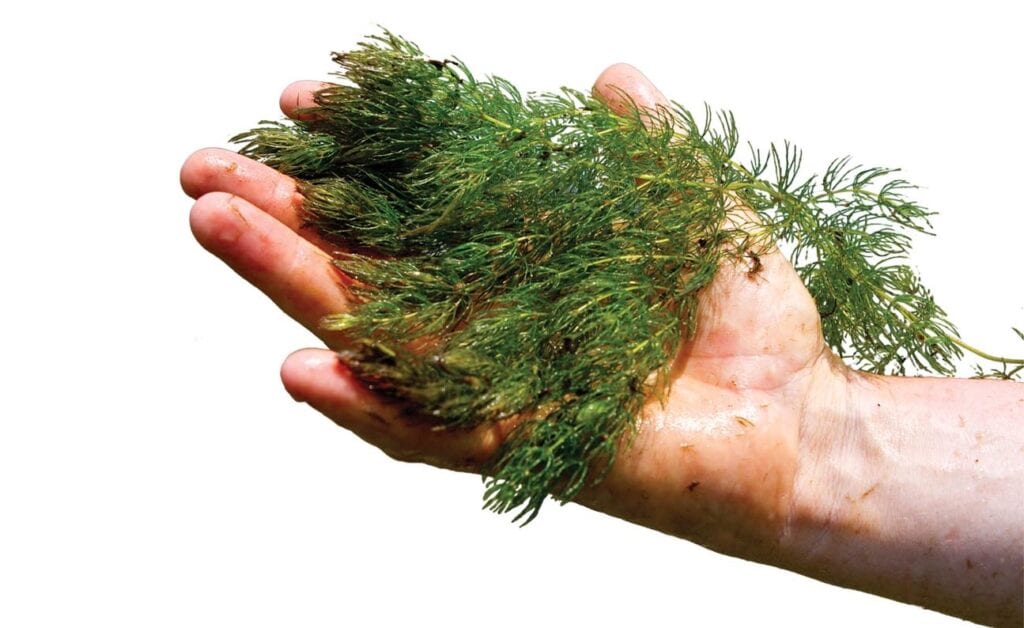
Coontails, also known as Ceratophyllum demersum, is native everywhere except for Antarctica, and was harmfully introduced in New Zealand. It is a type of weed that is submerged and free-floating, and grows near the surface of the lake.
You can identify them by their leaves at the end of the plant that tend to be described as a bushy racoon tail. Ites stems can grow up to 11.4 feet long and its leaves can grow about 0.59 inches. You can control coontails by using Hydrothol and Dibrox herbicides.
5. Algae
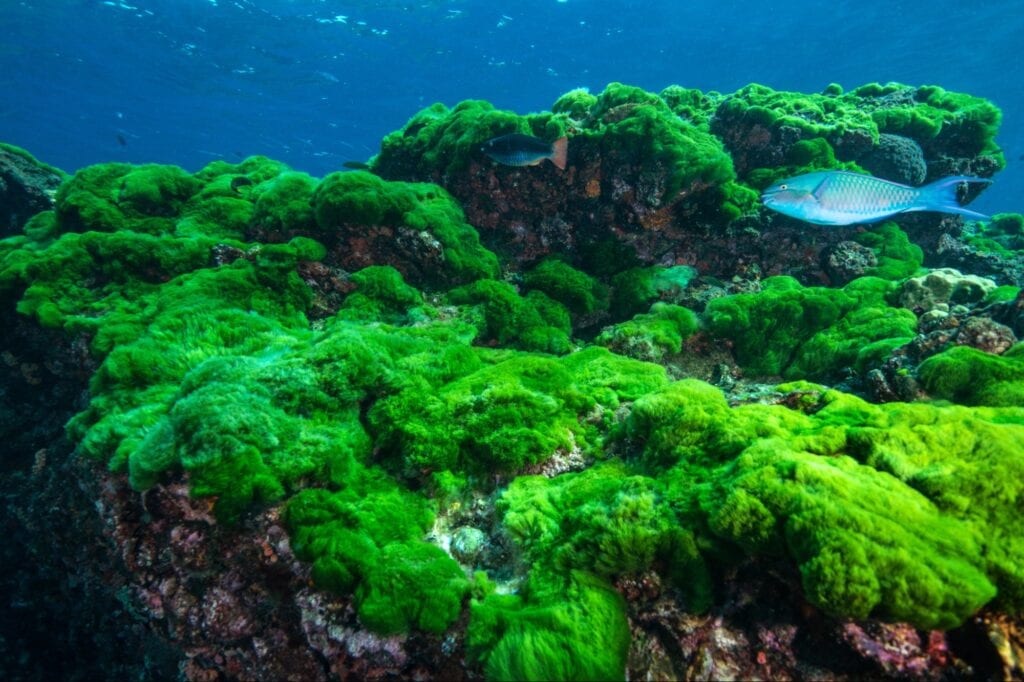
Algae is a type of non-flowering aquatic plant that can be very commonly found in most lakes. They are critical to many ecosystems as they help their water sources function properly and provide food sources to aquatic life. However, some species of algae are still capable of getting too out of control and will require proper treatment to prevent issues.
There are eight main phylla of algae and can be classified in groups of planktonic, filamentous, or string types. Some of the best control methods for algae include manual removal, UV clarification, and herbicides made for algae.
6. Submerged Weeds
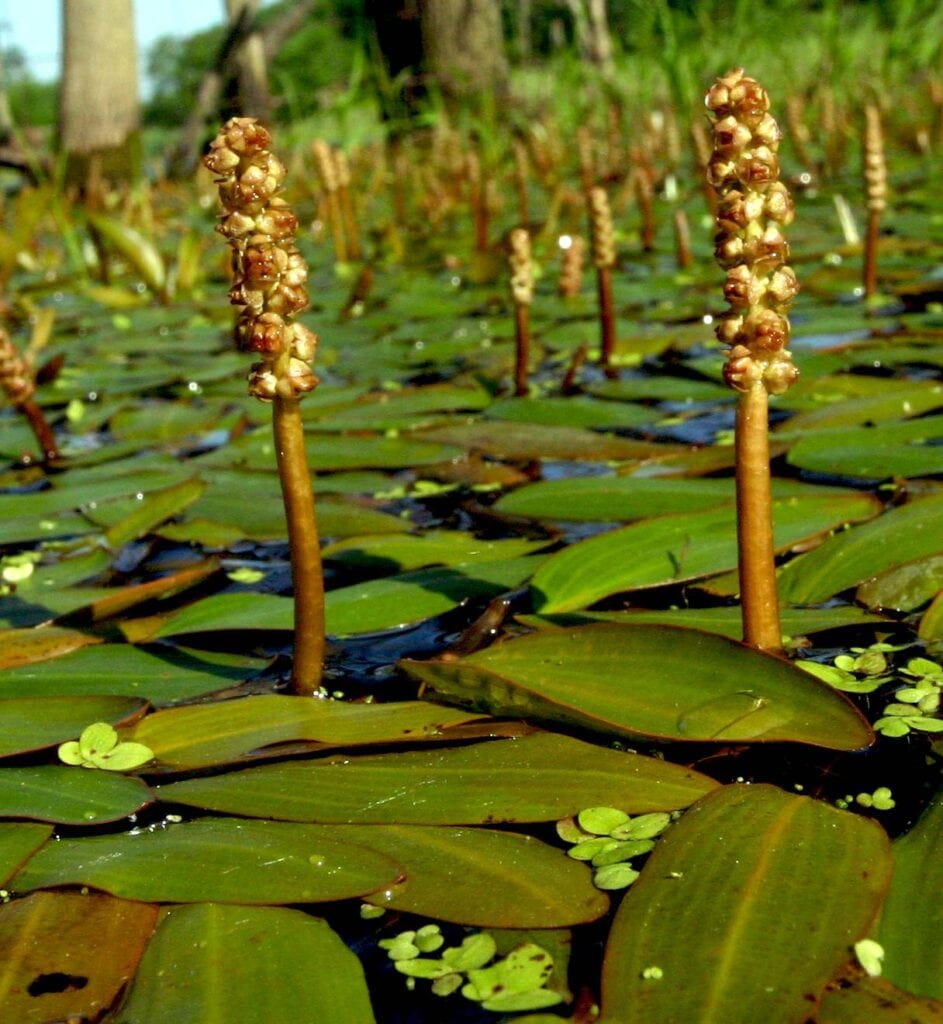
Submerged weeds are typically found underneath the surface of water sources and can grow tall enough to where the top of the plant can float on the surface. The tops can only float on the surface because of their soft stems. A few of the aforementioned types of weeds are classified as submerged weed species.
Submerged weeds can be controlled by utilizing herbicides, dyes, or by removing them yourself. One herbicide that is made for treating submerged weeds is Sonar, which treats them for the entire season after just one application. As for manual removal, you will need to either pull, rake, skim, or cut the weeds yourself.
7. Floating Weeds
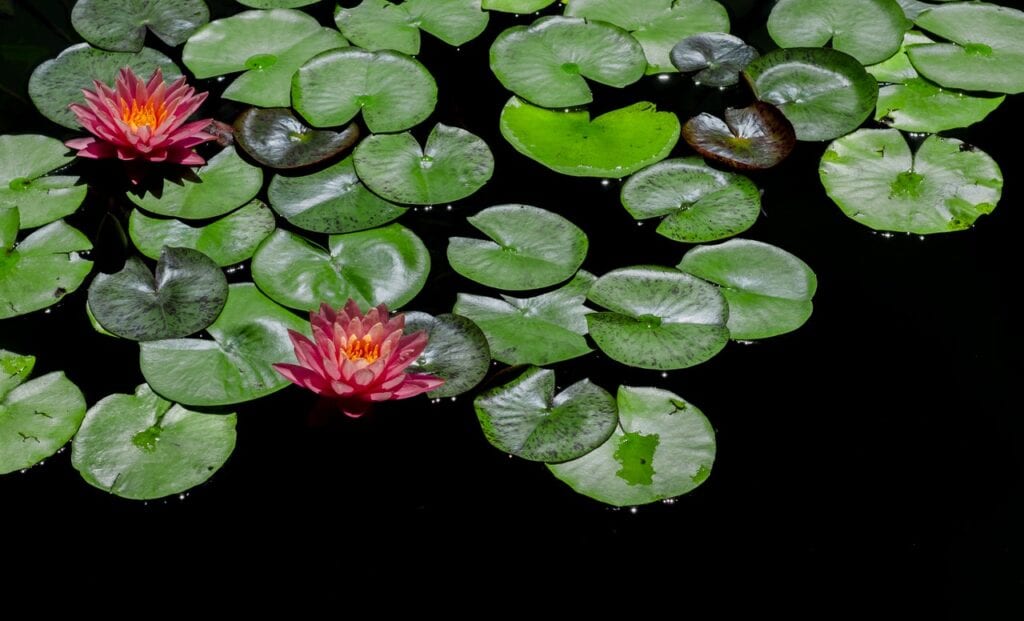
Floating weeds can be found mostly in shallow water, and in deep water on less frequent occasions. They are capable of quickly spreading across the water’s surface. This will cause them to prevent oxygen and light sources from reaching any of the plant or water life below them. This will effectively choke out the other forms of life around it and can harm the ecosystem if they get too out of control.
Despite how out of control that can tend to get, they are pretty easy to control once you know how to do so. You can control floating weeds with herbicides and through manual removal. Some of the herbicides that are meant to treat floating weeds will break down quickly. This will prevent the water life from getting harmed by them.
Conclusion
Lake weeds can occur in many different forms and sizes, but they are all treatable. Once you know exactly how to treat and eliminate them, you will be able to help keep the ecosystem safe and healthy. The method that you use to control the weeds will heavily depend on the location and ecosystem of the lake, as well as the type of weed you are targeting. You will need to know which herbicides are permitted to be used and which ones you need to hire professionals to deal with. If you don’t know what to do about the weeds growing around your lakefront property, call Karina Lakefront Maintenance today.

